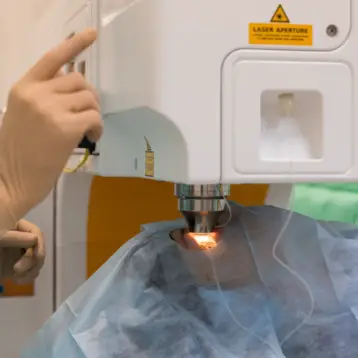The HeartLander is a small robot, only about 3 cm long, which is inserted into the body through an incision below the sternum, directly onto the heart. It is remotely controlled and can be driven to any point on the heart’s surface. The location of the robot is tracked using a sensor located on the front of the robot, which maps its location in 3D. As it reaches the desired location, it is able to apply several treatments including delivering myocardial regenerative treatment agents, placing biventricular pacemakers. The HeartLander is also able to deliver different agents to any location on the heart’s surface.
The HeartLander stays attached to the heart and moves using two bodies – one in its front and one in its rear. The two bodies attach to the heart using suction. When one body is attached to the heart’s surface, the other body can move apart by extending the drive wires connecting the two segments. In order to turn the robot, one of the robot’s wires is extended more than the other. Using this method, the robot stays attached to the heart throughout the entire operation.
The robot can deliver almost any substance to any specific location on the heart. It has a 2mm working port through which tools can be deployed for a variety of cardiac interventions. The HeartLander is cheap and disposable and is capable of reaching any location on the heart.
TFOT has covered several other medical robot related stories, including the Johns Hopkins PneuStep robot, which uses high accuracy, stability, and MRI vision in order to remove tumors too small to be seen by the naked eye. TFOT also covered the microrobot developed by scientists at the Chonnam National University in Korea, which can move inside blood vessels.
Some videos showing the progress of the robot can be watched here. More information can be found in the HeartLander website.









